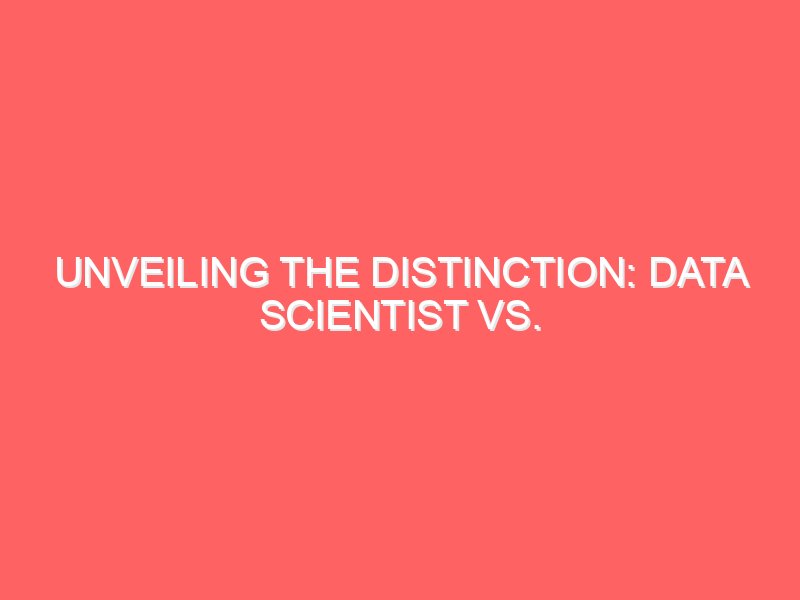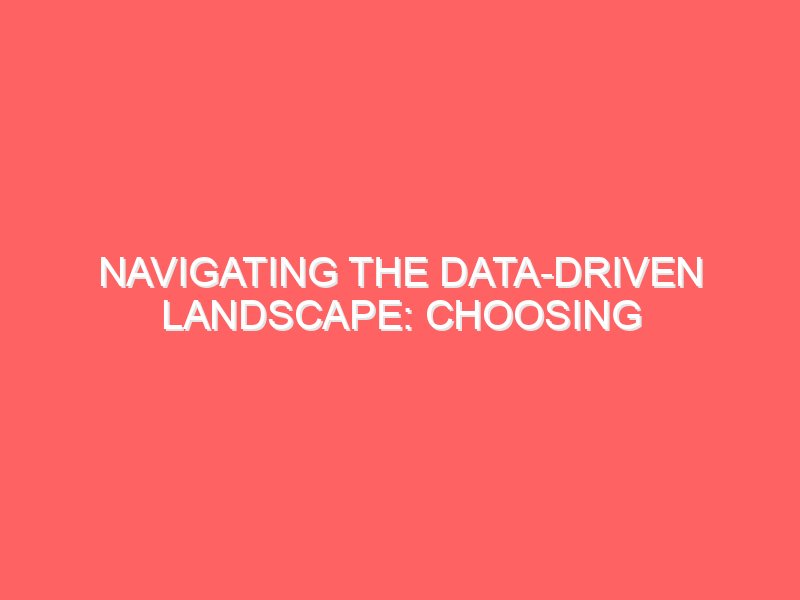Empowering EdTech with Python: Behind the Code at Emancipation Edutech Pvt. Ltd.

Engineering Blog – Emancipation Edutech Pvt. Ltd.
At Emancipation Edutech Pvt. Ltd., we’re not just building digital learning tools—we’re transforming how education is delivered and experienced. Technology is the engine behind our innovation, and at the heart of that engine is Python—a language that powers everything from our backend systems to our AI models.
This blog takes you behind the scenes of our engineering team to explore how Python helps us build scalable, intelligent, and learner-focused solutions in the EdTech space.
🚀 Why Python?
Python has become the backbone of many tech innovations due to its:
- Simple and readable syntax
- Massive open-source community
- Extensive library ecosystem
- Versatility across web, data, and AI development
At Emancipation Edutech, Python empowers us to prototype faster, deploy smarter, and deliver powerful features that adapt to the needs of every learner.
🧠 Use Cases of Python in Our Tech Stack
1. AI-Powered Personalized Learning
We use Python-based frameworks like TensorFlow, PyTorch, and scikit-learn to build recommendation engines and adaptive learning paths based on individual student behavior, performance, and engagement.
2. Smart Data Engineering
Python tools like Pandas, NumPy, and Airflow allow us to handle, process, and visualize large volumes of educational data. These insights help educators track learner progress and optimize content delivery.
3. Robust API & Backend Development
Our digital learning platforms rely on APIs built using FastAPI, Flask, and Django. These ensure fast, secure, and scalable communication between mobile apps, web portals, and our databases.
4. Automation & DevOps
From automating assessments to monitoring system health, Python scripting simplifies many repetitive processes—helping our teams move faster and focus on what matters: innovation and user experience.
🌟 Benefits of Using Python at Emancipation Edutech Pvt. Ltd.
✅ Rapid Development
Python enables us to move quickly from concept to deployment—especially important in the fast-moving world of education technology.
✅ Rich Ecosystem
With libraries for AI, machine learning, data analysis, and web frameworks, Python lets us build smarter and more robust systems without reinventing the wheel.
✅ Developer-Friendly
Python’s readability reduces onboarding time for new developers, enhances team collaboration, and accelerates feature delivery.
✅ Cross-Platform & Scalable
Python integrates easily across different environments—cloud platforms, Linux servers, or containerized applications—allowing us to scale as user demand grows.
✅ Strong Community & Security
With one of the largest global developer communities, Python benefits from continuous improvement, security updates, and rich documentation.
🔭 Looking Ahead
As we continue to evolve, Python will remain central to our roadmap—which includes:
- Integrating Generative AI for content creation
- Expanding our voice-based learning systems
- Using Natural Language Processing (NLP) to enhance interactivity and support multilingual learners
📣 Join the Conversation
We’re excited to share more insights, projects, and innovations from our engineering team in upcoming posts.
Stay connected with Emancipation Edutech Pvt. Ltd. as we build the future of education—powered by Python, driven by purpose.
🌟 Benefits of Using Python at Emancipation Edutech Pvt. Ltd.
Python isn’t just a tool—it’s a key enabler of our innovation strategy. Here’s how it helps us deliver smarter EdTech solutions:
✅ 1. Accelerated Development Cycles
Python’s clear syntax and concise code structure allow our developers to build and iterate features faster. This speed helps us stay ahead in a competitive EdTech landscape by quickly releasing updates and new tools that meet real learner needs.
✅ 2. Seamless AI & Machine Learning Integration
With libraries like scikit-learn, TensorFlow, and PyTorch, we can easily build, train, and deploy intelligent models for personalized learning, adaptive testing, and intelligent tutoring systems.
✅ 3. Efficient Data Handling
Python’s powerful data libraries—Pandas, NumPy, and Matplotlib—help our engineers analyze massive datasets from student interactions. These insights are used to personalize learning, identify gaps, and improve engagement across our platforms.
✅ 4. Simplified API and Microservices Development
Using frameworks like FastAPI, Flask, and Django, we build lightweight and secure APIs that connect our web and mobile apps to backend systems. These services ensure smooth, real-time experiences for learners, educators, and administrators.
✅ 5. Automation Across the Stack
Python scripts automate repetitive tasks like grading, user notifications, content deployment, and data backups. This allows our team to focus more on solving complex problems and less on manual operations.
✅ 6. Scalable Infrastructure
Python works well with cloud platforms (like AWS, GCP, and Azure), making it easy to scale applications and services based on user demand. This flexibility ensures that our systems remain reliable even during peak usage periods like exam seasons or course launches.
✅ 7. Cross-Platform Compatibility
Whether we’re building desktop apps, web services, or cloud-based tools, Python adapts easily. This ensures consistent functionality across platforms and devices—crucial in an EdTech environment with diverse user needs.
✅ 8. Strong Developer Ecosystem
Python’s large and active global community means constant updates, extensive documentation, and access to thousands of open-source packages. This support ecosystem helps our team stay current with best practices and industry standards.
✅ 9. Lower Maintenance Costs
Python’s simplicity reduces bugs, shortens onboarding time for new developers, and makes code easier to maintain. This leads to lower long-term development and support costs—especially important as we scale.

✅ 10. Future-Ready for Innovation
Python is the language of choice for cutting-edge technologies like Natural Language Processing, Computer Vision, Speech Recognition, and Generative AI—all of which are areas we are actively exploring to enhance digital education.



